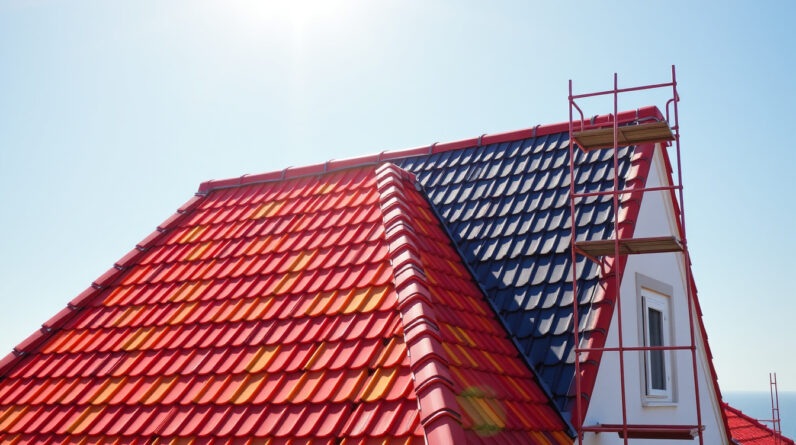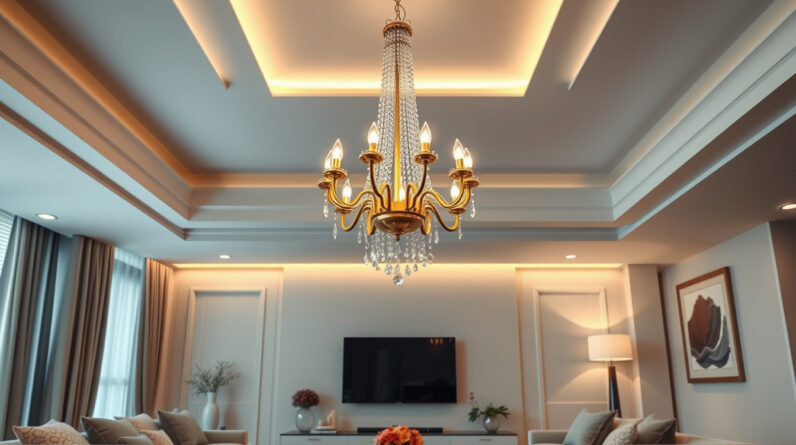Wall Insulation: Essential Tips to Improve Your Home’s Energy Efficiency
In today’s world, where energy conservation and cost savings are more important than ever, wall insulation plays a vital role in improving your home’s energy efficiency. Proper wall insulation helps maintain a consistent indoor temperature, reduce heating and cooling costs, and enhance overall comfort. Whether you’re building a new home or upgrading an existing one, understanding the essentials of wall insulation is key to making effective improvements.
In this article, we’ll explore practical and effective tips to optimize your wall insulation, ensuring your home remains cozy while saving energy and money.
Understanding the Importance of Wall Insulation
Wall insulation acts as a barrier that reduces the transfer of heat between the interior and exterior of your home. Without sufficient insulation, your home can lose or gain heat through the walls, making your heating and cooling systems work harder than necessary. This not only increases energy bills but also impacts the environment.
Additionally, wall insulation contributes to soundproofing, preventing unwanted noise from entering or leaving your home, and enhances overall wall durability by protecting against moisture infiltration.
Types of Wall Insulation
Before diving into tips, it’s essential to understand the common types of wall insulation:
- Fiberglass Batt Insulation: Widely used due to affordability and ease of installation; available in pre-cut panels.
- Spray Foam Insulation: Provides excellent sealing and insulation; expands upon application to fill gaps.
- Blown-In Insulation: Suitable for retrofit projects; composed of cellulose, fiberglass, or mineral wool, blown into wall cavities.
- Rigid Foam Board Insulation: Ideal for exterior insulation or creating continuous insulation barriers.
Each type has its advantages and is suitable for different wall structures and renovation projects.
Assessing Your Current Wall Insulation
Before making improvements, assess your existing wall insulation status:
- Visual Inspection: Remove outlet covers or inspect wall cavities if accessible.
- Thermal Imaging: Use thermal cameras to detect heat loss areas.
- Professional Evaluation: Hire an energy auditor for comprehensive assessment and recommendations.
Optimizing Your Wall Insulation: Essential Tips
Now that you understand the basics, here are actionable tips to improve the insulation in your walls:
1. Upgrade or Add Insulation in Existing Walls
For older homes with minimal or no insulation, consider upgrading or adding insulation during remodeling or wall repairs. Installing blown-in cellulose or fiberglass into wall cavities can significantly boost thermal resistance.
2. Seal Air Leaks Before Insulating
Air leaks can substantially diminish insulation effectiveness. Use weatherstripping, caulking, and expanding foam to seal gaps around windows, doors, electrical outlets, and around wall penetrations before installing or upgrading wall insulation.
3. Opt for Continuous Insulation
Instead of relying solely on traditional cavities, add continuous exterior insulation (rigid foam boards) to eliminate thermal bridging—where heat bypasses through studs or framing members. This method enhances overall thermal performance.
4. Use High-Performance Insulation Materials
Invest in high R-value insulation options, which provide better thermal resistance with less material thickness. Sprayed foam and certain high-density fiberglass options often offer superior insulation properties.
5. Properly Insulate Hard-to-Reach Areas
Don’t forget corners, wall studs, and around electrical outlets. These areas are often neglected but can cause significant heat loss. Use flexible spray foam or carefully blown-in insulation to fill these gaps.
6. Consider Exterior Wall Insulation for Retrofit Projects
Applying exterior rigid foam insulation can improve the building envelope without disrupting interior living space. This approach is particularly effective in energy-efficient retrofit projects.
7. Maintain Ventilation and Moisture Control
Good insulation needs proper ventilation to prevent moisture buildup, which can damage insulation and walls. Ensure your home’s ventilation system is functioning correctly and consider vapor barriers where appropriate.
Benefits of Improved Wall Insulation
An investment in wall insulation offers numerous benefits:
- Reduced Energy Bills: Proper insulation can cut heating and cooling costs by up to 20-30%.
- Enhanced Comfort: Consistent indoor temperature and reduced drafts.
- Environmental Impact: Lower energy consumption results in reduced greenhouse gas emissions.
- Increased Home Value: Energy-efficient homes appeal to buyers and may qualify for incentives.
- QoS Improvements: Better soundproofing and moisture control.
Common Mistakes to Avoid
- Neglecting to seal air leaks before installing insulation.
- Using low-quality insulation materials.
- Overlooking wall areas like electrical outlets or corners.
- Failing to check local building codes and regulations.
- Not hiring professionals for complex retrofits.
Frequently Asked Questions (FAQs)
Q1: How effective is wall insulation in reducing energy bills?
Wall insulation significantly improves a home’s energy efficiency, often reducing heating and cooling costs by 20-30%. Its effectiveness depends on proper installation and choosing the right insulation material.
Q2: Can I install wall insulation myself?
While some types of insulation, like fiberglass batts, are DIY-friendly, others such as spray foam or blown-in insulation may require professional expertise to ensure safety and optimal performance.
Q3: What are the best wall insulation options for retrofitting an older home?
Blown-in cellulose or fiberglass insulation is commonly used for retrofitting because it can be installed without major wall removal, and exterior rigid foam can be added to improve insulation continuity.
Citing an Authoritative Source
According to the U.S. Department of Energy, “properly insulating your walls can significantly reduce your energy costs and improve your home’s comfort” (source). Their guidelines emphasize the importance of choosing the right insulation type and ensuring quality installation.
Conclusion: Take Action to Improve Your Home’s Energy Efficiency Today
Wall insulation is not just about keeping warm in winter or cool in summer; it’s a vital component of your home’s overall energy efficiency, comfort, and environmental responsibility. By assessing your current situation and applying these essential tips, you can drastically reduce your energy bills, improve your indoor living environment, and contribute to a more sustainable future. Don’t wait—invest in quality wall insulation today and enjoy the long-term benefits of a more comfortable, eco-friendly home.








